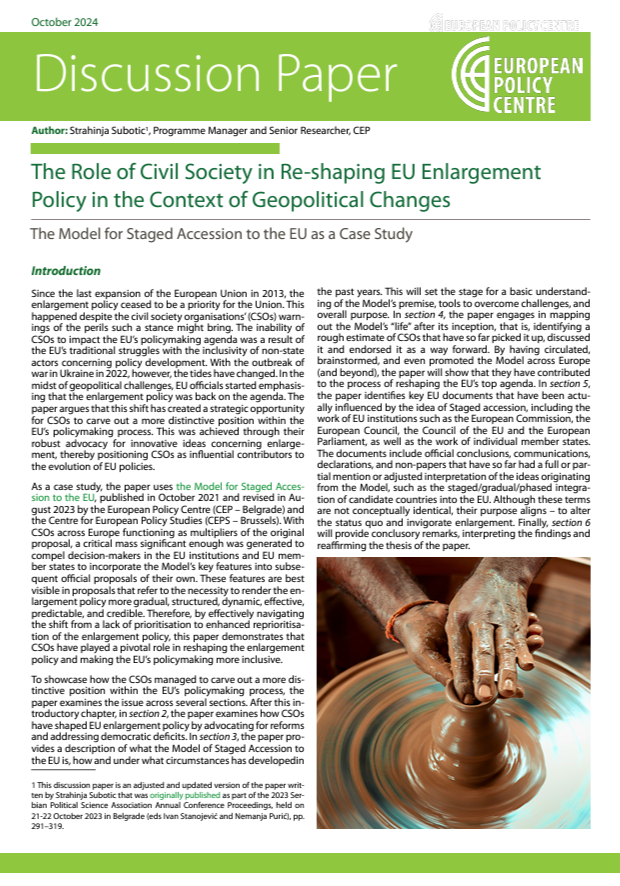Headquarters: Svetog Nauma 7, 11000
Office address: Đorđa Vajferta 13, 11000
Phone:: +381 11 4529 323
The New Growth Plan (NGP) for the Western Balkans marks a significant departure from the existing Instrument for Pre-Accession Assistance (IPA). While the latter lacks reform-related conditionalities, the NGP’s funding will hinge upon the successful implementation of fundamental and socioeconomic reforms. By gradually providing increased financial benefits ahead of accession (amounting to roughly €6 billion, comprising €2 billion in grants and €4 billion in favourable loans), the initiative seeks to unlock the political will for reforms to take place and to facilitate socioeconomic convergence.
According to the European Commission, the region’s convergence stands at approximately 35% of the EU average. Given the magnitude of this disparity, the pertinent question arises: Will the NGP prove sufficient to address the pressing socioeconomic gap and contribute to catching up with the EU average?
Answering this question entails examining multiple facets. Thus, this analysis first identifies key socioeconomic trends and gaps to be addressed and then tests the two claims made by the Commission regarding the effects of the NGP. The first claim is that the financial assistance through NGP and IPA III combined will provide the WB with “roughly the same aid intensity per inhabitant as cohesion policy does on average in the EU.” The second claim is that the NGP “has the potential to double the size of the WB economies within the next 10 years.”
Based on the analysed socioeconomic indicators and the evaluation of the Commission’s claims, the analysis concludes that the NGP can serve as a solid foundation for stimulating economic growth and expediting EU integration. However, its effect on reducing the socioeconomic gap will remain limited.


